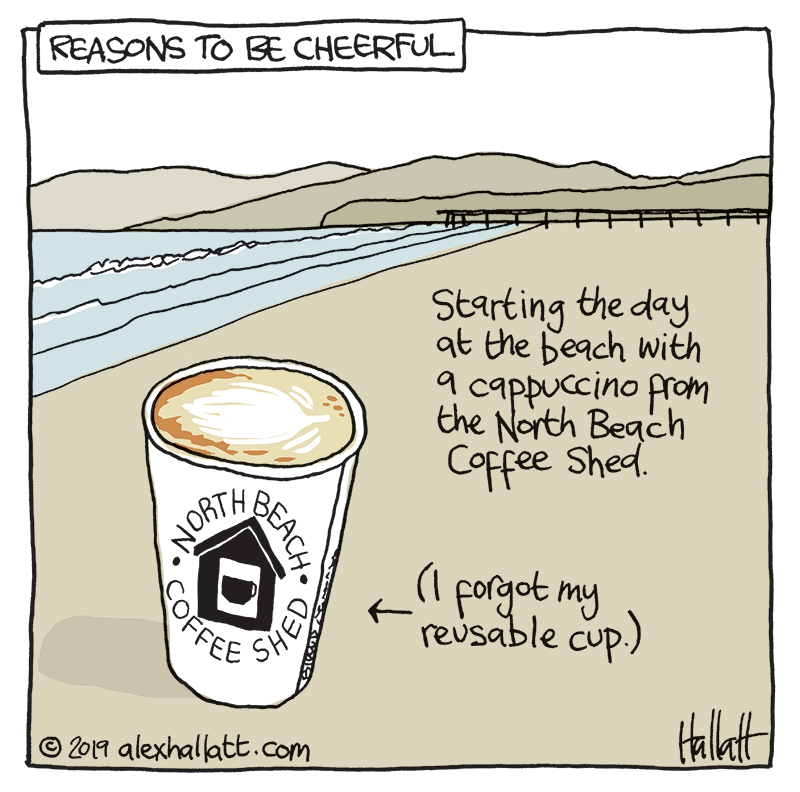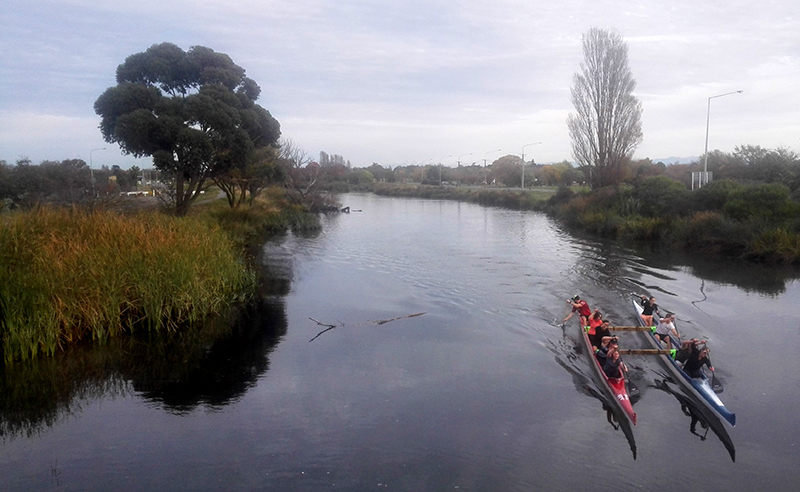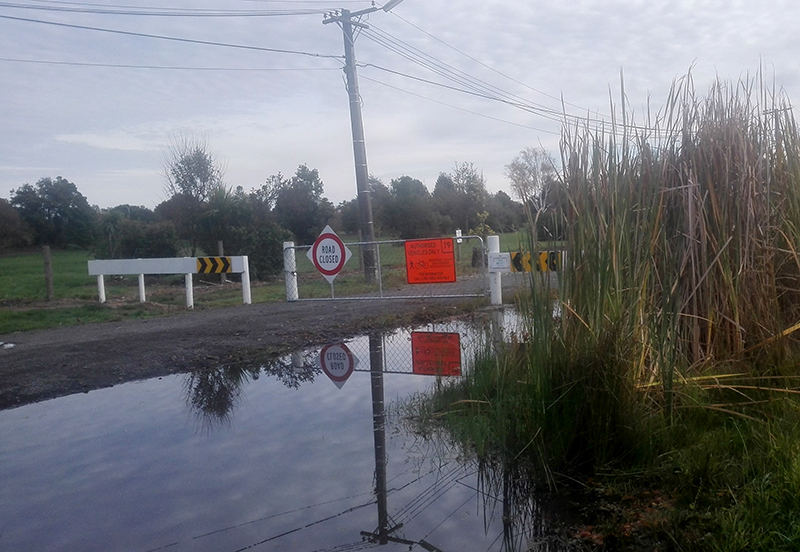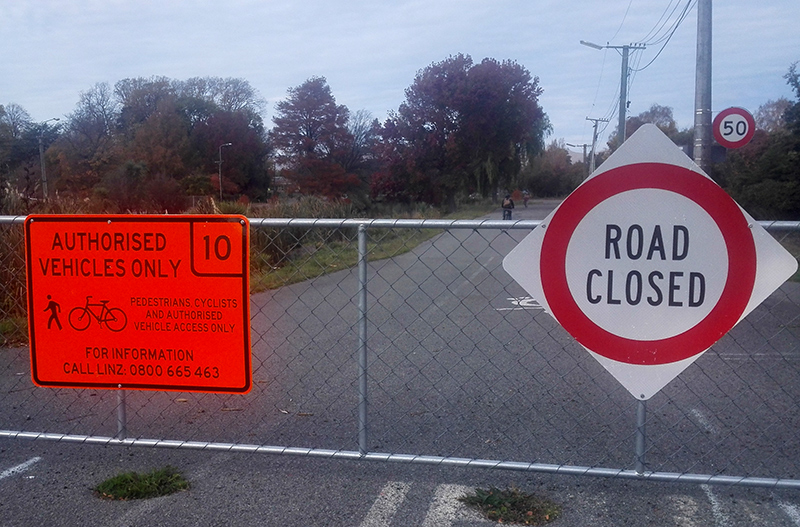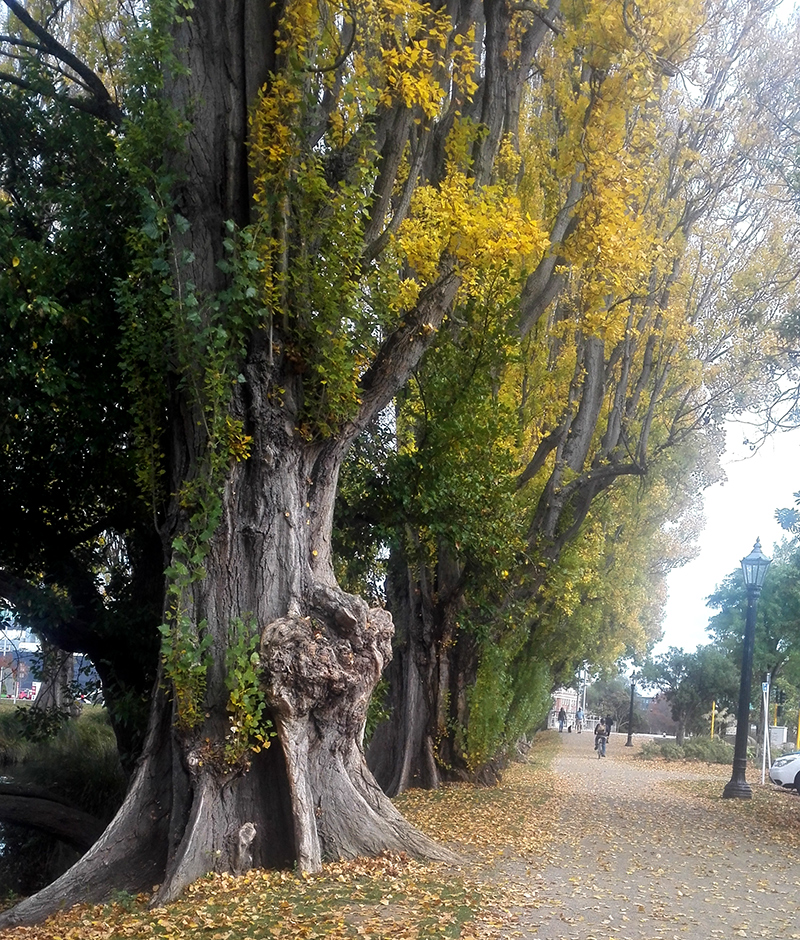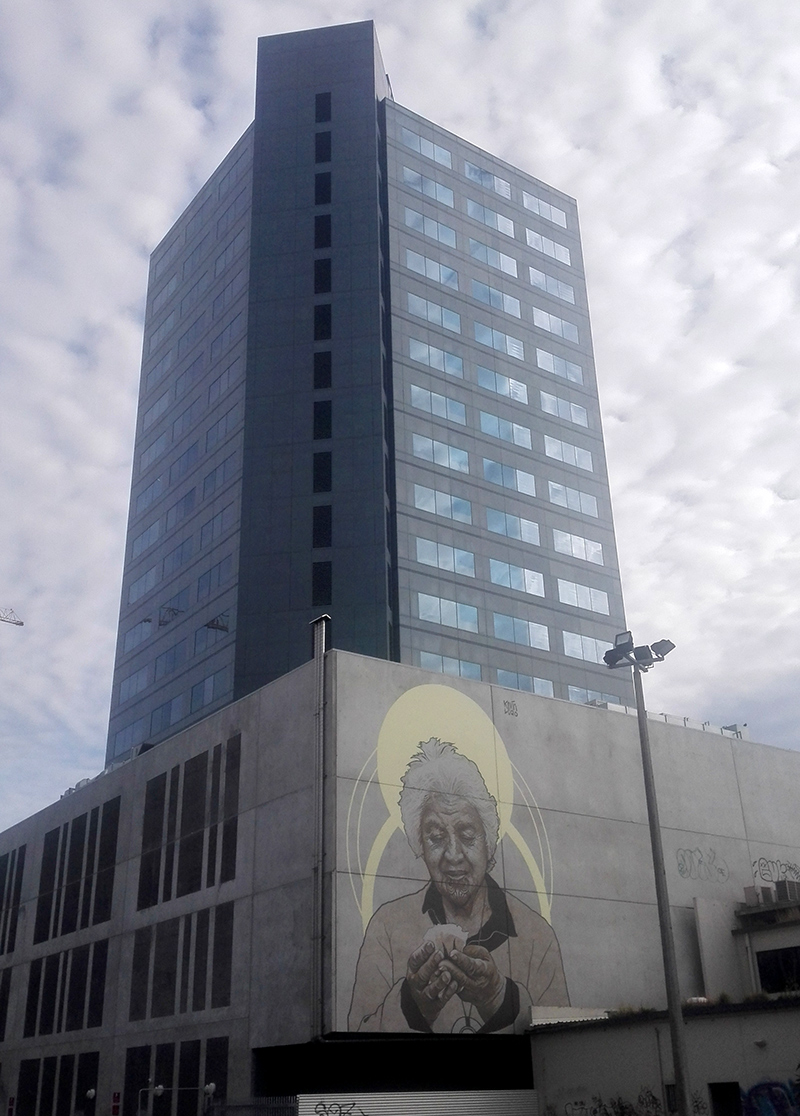I don't leave port very often, but this week I had an appointment in the city. It seems that every time I go in there is something new to see as the rebuild continues eight years after the last big earthquake struck. But there are also a few old things hanging around, like the tram, derelict buildings (including Christchurch Cathedral. I have no idea how they are going to fix that but they plan to) and these steps. There must be a story behind these steps.
Living in New Zealand: Cycling From the Sea to the City Along the Avon, Christchurch
We now have a bike rack for Gertie, so headed over to North Beach, Brighton to do the Avon Trail, which follows the River Avon through the Red Zone and into the city.
I was a bit jealous of the paddleboarders
We still don’t know what is happening to the Red Zone. It has been 8 years since the earthquakes and the only sign of the demolished houses now is the exotic shrubs and the disappearing driveways.
This is part of the “munted” Medway bridge that was twisted in the 2011 Christchurch earthquake
Christchurch has become a much better place to cycle post-earthquake and the city is really starting to come alive again as the last of the big buildings are being demolished and rebuilt.
It took us about an hour and a quarter to cycle into the city. We were going to get the bus back out, but we enjoyed the ride so much we cycled back along the river instead.
Illustrated Epistle Extract: Things That Will Kill You in New Zealand
Since we have been back in Lyttleton, we've had a few small tremors (3-ish on the Richter scale) and a larger jolt (4-ish) and I'm glad our house is timber and that the chimneys were taken down after the two big Christchurch earthquakes in 2010 and 2011. We live on a hill and there are some large rocks above us, but there are also large trees and buildings in between us and those rocks, so having those rocks come tumbling down in an earthquake is less of a worry than in some other places. A 7.8 earthquake in Kaikoura in 2016 caused massive landslips that closed Highway 1 (Yes the major road connecting New Zealand's north to its south) for over a year, so being protected from slips and rockfalls is a something you have to consider.
At least being on a hill there is less risk of tsunami. In 1868, a tsunami drained Lyttelton Harbour and then ran up 3 metres above sea level, causing damage to wharves, jetties and boats, inundating paddocks and drowning sheep. It was due to an 8.5-9.0 earthquake that happened in what was then Peru (see Te Ara entry). Our house is about 40 metres above sea level, which puts us at low risk of tsunami damage, unless we are down at the pub on London Street, though even there it would have to be massive.
This is an extract of my Illustrated Epistle, which goes out in the middle of the month. It is a behind-the-scenes look at the life of a cartoonist (specifically, mine). I'd love it if you signed up at the bottom of this page, or here:
http://eepurl.com/cCOOeD
Living in New Zealand: Christchurch Rebuild Post Earthquake
Most buildings were damaged in the 2011 earthquake that was centred around Lyttelton, near Christchurch. Many of these buildings were beyond repair and were demolished (including the old part of London Street, which my other half had run as a restaurant only a year before the quake struck).
Unfortunately, the worst affected buildings were the old ones, with the most character. This included the cathedral. I've never been a huge fan of Christchurch Cathedral. I preferred some of the other religious buildings around the city (most of which were demolished). There was a lot of discussion about whether it should be saved and I was firmly in the camp of "let's move on". The earthquake was a chance for the city to reinvent itself as one that looked forward, not back. But there are a lot of people who don't want to let that English heritage go, so it looks like it is going to be rebuilt, at huge cost.




